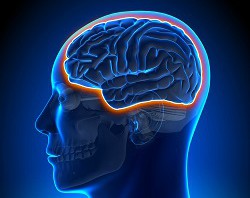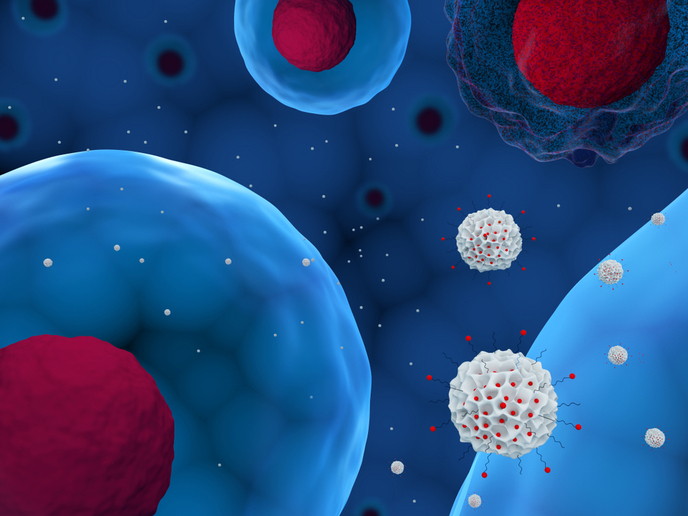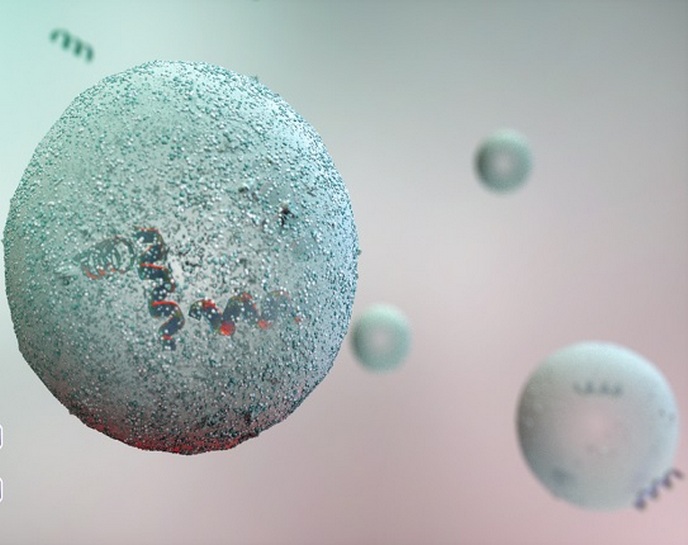New insight into why most nanoparticles don’t make it through biological barriers
Crossing some biological barriers is fundamental to all advanced or targeted therapeutics. Different kinds of barriers present different levels of difficulties, for example the most challenging is the blood-brain-barrier, which has been a block to really effective therapeutics for the brain. Other barriers, such as the gut and lungs, are similarly difficult, but not quite as challenging. Many studies, both in academia and industry, have taken a trial and error approach to establishing why some nanoparticles just can’t pass. The EU-supported PathChooser (Innovative, mechanistic-based strategies for delivery of therapeutic macromolecules across cellular and biological barriers) project took a different approach. “Our intention was to try to understand what the processes are that prevent barrier transport, and what mechanisms could permit such transport to take place,” explains project coordinator Professor Kenneth Dawson, Director of the Centre for BioNano Interactions at University College Dublin. He explains that endocytotic, transcytotic and other cellular processes enable barrier crossing, or, in some cases, prevent it. “It has been known for many years that small numbers of particles could cross in vivo, for example the blood-brain-barrier and other barriers, and our intention was to enable the better design of nanoparticles as drug carriers to increase the likelihood that they can cross safely.” Taking the trial and error out of the process – reverse engineering In order to further the design of better drug carriers, the project wanted to establish what it is about these cellular processes, and their interaction with nanoparticles, that promotes or blocks the crossing of these barriers. To approach the problem from a different angle, the project worked backwards. They produced large groups of nanoparticles that could be tracked very easily as they cross a barrier. The team then tried to re-grow the cells composing the barrier and checked which of these nanoparticles could cross a given barrier. “We took many established barriers from the research community and developed some of our own. Using these models, we studied the mechanisms of how particles cross and what prevents some of them from crossing into the models,” says Prof. Dawson. The team then found they had increasingly fewer candidates that had some ability to cross a barrier. PathChooser studied those in more detail to see the key aspects of the nanoparticles that engage the pathways they were using to cross. A clearer understanding of the mechanics behind barrier penetration The project established that the molecules on the surface of the nanoparticles can prevent and inhibit their crossing. “We can actually see those particles being endocytosed, taken in, and then, trafficked away to be degraded because they have been recognised as ‘foreign’. And that has given us a much clearer focus on the need to design the nanoparticle surface very carefully.” The PathChooser project has provided valuable insight into how the mechanics of barrier crossing are impacted by the surface organisation of biomolecules. “We were able to map out the common approaches to surface organisation that were leading to the failure in barrier crossing,” he says. At the start of the project, researchers were not clear as to why some nanoparticles were not able to cross barriers. Thanks to the team’s work they now have relatively simple ways of rejecting huge numbers of candidates, which they know cannot work because of their surface design criteria. “We are no longer as discouraged as people generally are in this field because we now begin to feel there are more systematic ways to approach the problem,” says Prof. Dawson. Helping to develop more effective medication In the long term, PathChooser should have an impact on developing more effective and ‘easy-to-live-with’ medicines for conditions such as diabetics and some of the most intractable diseases, such as glioblastomas, which are considered quite untreatable because of such poor access to the brain. “We hope our better understanding of the link between the nanoparticle design and its outcome will considerably reduce the inefficiency in drug design loops.” The impact on research and development costs, if nanomolecular drug design can be made more efficient, could open doors to the creation of a new suite of medications. “The key overall result of our project is a much deeper understanding of what it is that bars the crossing and what the key access pathways to that crossing are,” says Prof. Dawson.
Keywords
PathChooser, nanomedicine, nanomolecules, biological barriers, medicine, targeting drugs







